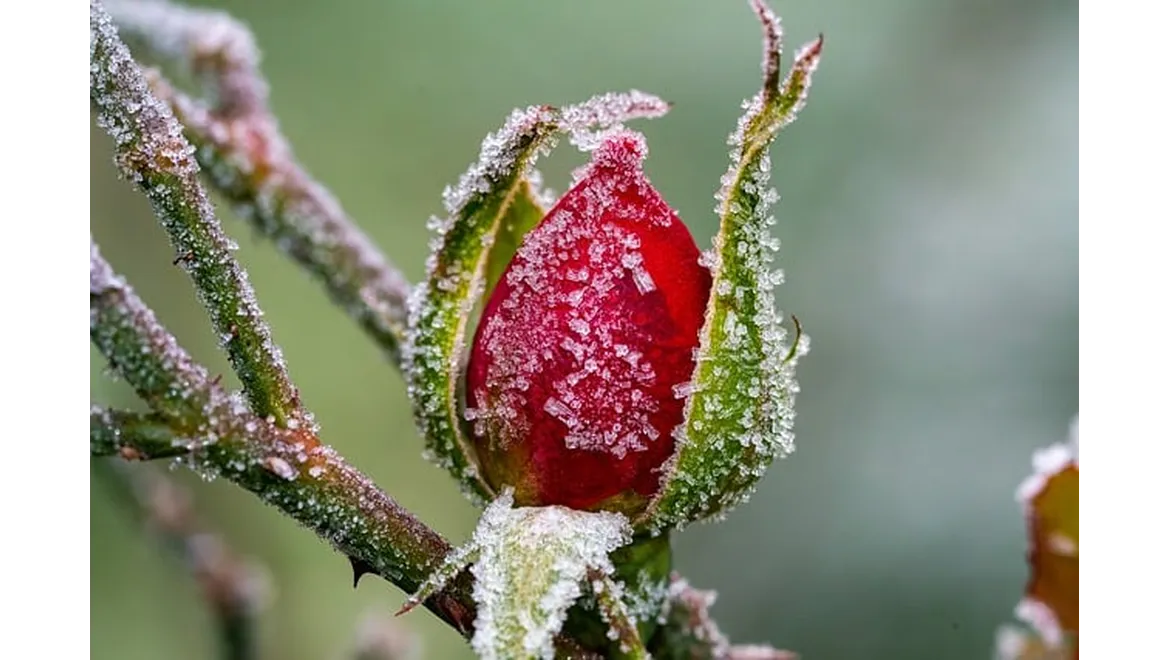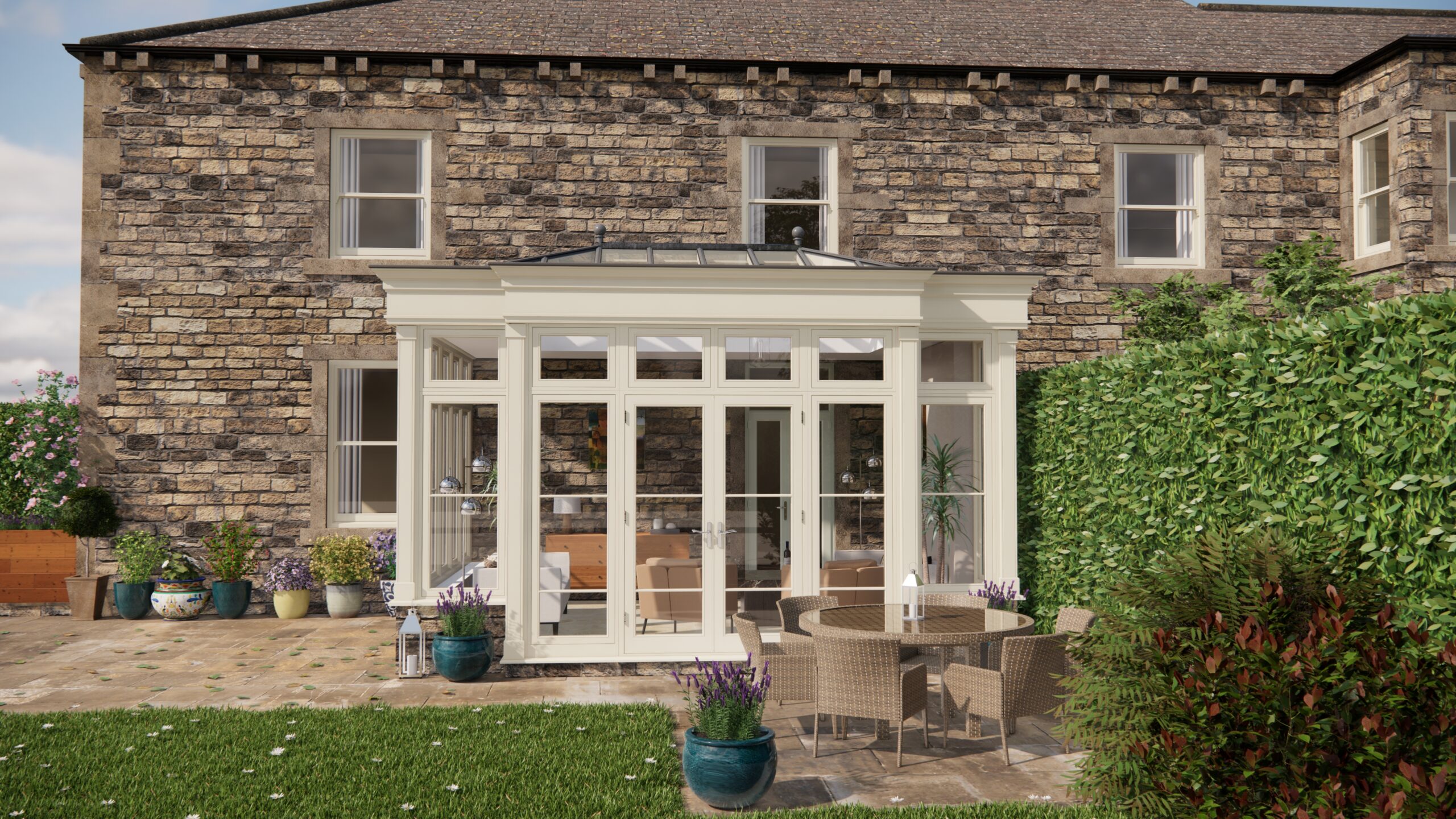Right, pop the kettle on, because I’ve just had a fascinating chat with my friend Faith about keeping her roses blooming beautifully the sustainable way. She’s a real advocate for eco-friendly gardening, and her roses are a testament to her dedication. It really struck me how committed she was to the whole process.
“So, Faith,” I started, settling back with my tea, “your roses are stunning! What’s your secret to keeping them so healthy without resorting to nasty chemicals?”
“Well,” she chuckled, “it’s all about working with nature, not against it. Roses are prone to a few problems, aren’t they? Aphids, black spot, powdery mildew – the usual suspects! The key is to tackle them naturally.”
Aphids Be Gone!
Faith explained that her first line of defence against aphids is a simple blast of water from the hose. “It’s surprising how effective it is! Just knock them off in the morning, and the birds will often pick them off too. If that’s not enough, I make a garlic spray. It’s pretty easy – crush a few cloves of garlic, steep them in water for a day, strain it, and then spray it directly onto the aphids. They hate it! Adding a drop of washing-up liquid helps it stick to the leaves.”
I scribbled down the recipe: Garlic spray – few cloves of garlic, steep in water, strain, drop of washing-up liquid. Simple and effective. I asked about other options and she mentioned that you could also introduce natural predators like ladybirds or lacewings. These little heroes will happily feast on aphids, keeping your rose bushes clean.
Tackling Black Spot and Powdery Mildew:
“Black spot and powdery mildew are trickier,” Faith admitted, “but prevention is definitely better than cure. I always choose disease-resistant rose varieties where possible. And good air circulation is vital – prune your roses to open them up, allowing air to flow freely through the plant. This helps to dry out the leaves and prevents fungal diseases from taking hold.” Her advice on the choice of plants was invaluable as I had always simply chosen a rose because I liked the look of it but clearly there were some advantages to choosing certain disease resistant breeds.
She also makes a baking soda spray. “Mix a teaspoon of baking soda with a litre of water and a drop of washing-up liquid. Spray it onto the leaves regularly, especially during damp weather. Baking soda changes the pH of the leaf surface, making it less hospitable to fungal spores.”
I dutifully noted: Baking soda spray – 1 tsp baking soda, 1 litre water, drop of washing-up liquid. Another recipe to try!
Preventative Measures: The Eco-Friendly Foundation:
Faith stressed the importance of starting with healthy soil. “Roses are hungry plants, so I feed them regularly with compost and well-rotted manure. It improves the soil structure and provides essential nutrients. Mulching around the base of the plants with organic matter also helps to retain moisture and suppress weeds.”
She’s also a big advocate for water conservation. “I collect rainwater in water butts – it’s so much better for the plants than tap water. And I always water deeply at the base of the plant, avoiding wetting the foliage, which can encourage fungal diseases.”
When I enquired about peat based composts she winced and said “Absolutely avoid peat-based composts! Peat bogs are vital carbon sinks, and we need to protect them. There are plenty of excellent peat-free alternatives available now.”
And, of course, she composts religiously. “All my garden waste goes into the compost bin, along with kitchen scraps. It’s a fantastic way to recycle and create nutrient-rich compost for my roses and other plants. Plus, it reduces waste going to landfill!”
Faith never uses chemical pesticides or herbicides. “They kill beneficial insects as well as pests, and they can contaminate the soil and water. There are always natural alternatives available. It might take a bit more effort, but it’s worth it for a healthier garden and a healthier planet.”
I asked Faith about using an Orangery and how this affects her gardening, she said “It allows me to nurture delicate rose varieties that might struggle outdoors in the UK climate. It provides a controlled environment where I can start seedlings, propagate cuttings, and protect plants from frost and pests. Plus, it’s just a lovely space to relax and enjoy the beauty of my garden, even when the weather’s not cooperating!”
As our tea wound down I was really struck by the simplicity and power of her methods. She’s proven that you can have beautiful, healthy roses without resorting to harmful chemicals. It all boils down to prevention, careful observation, and a willingness to work with nature. Choose disease-resistant varieties, ensure good air circulation, feed your roses with organic matter, and use natural sprays to control pests and diseases. By taking these steps, you can create a thriving rose garden that’s both beautiful and environmentally friendly. So, roll your sleeves up, and let’s get out in the garden to keep those Roses happy!


